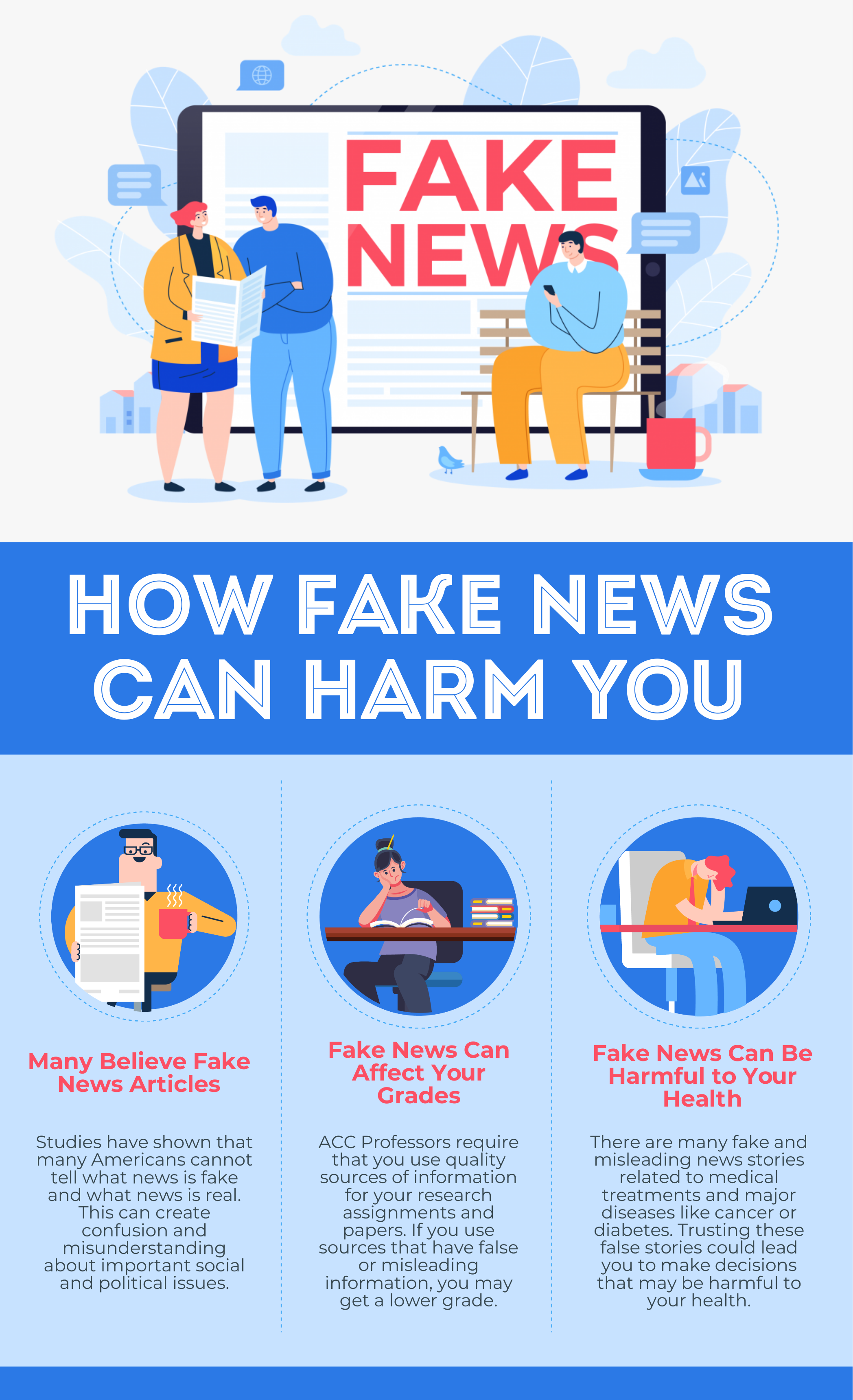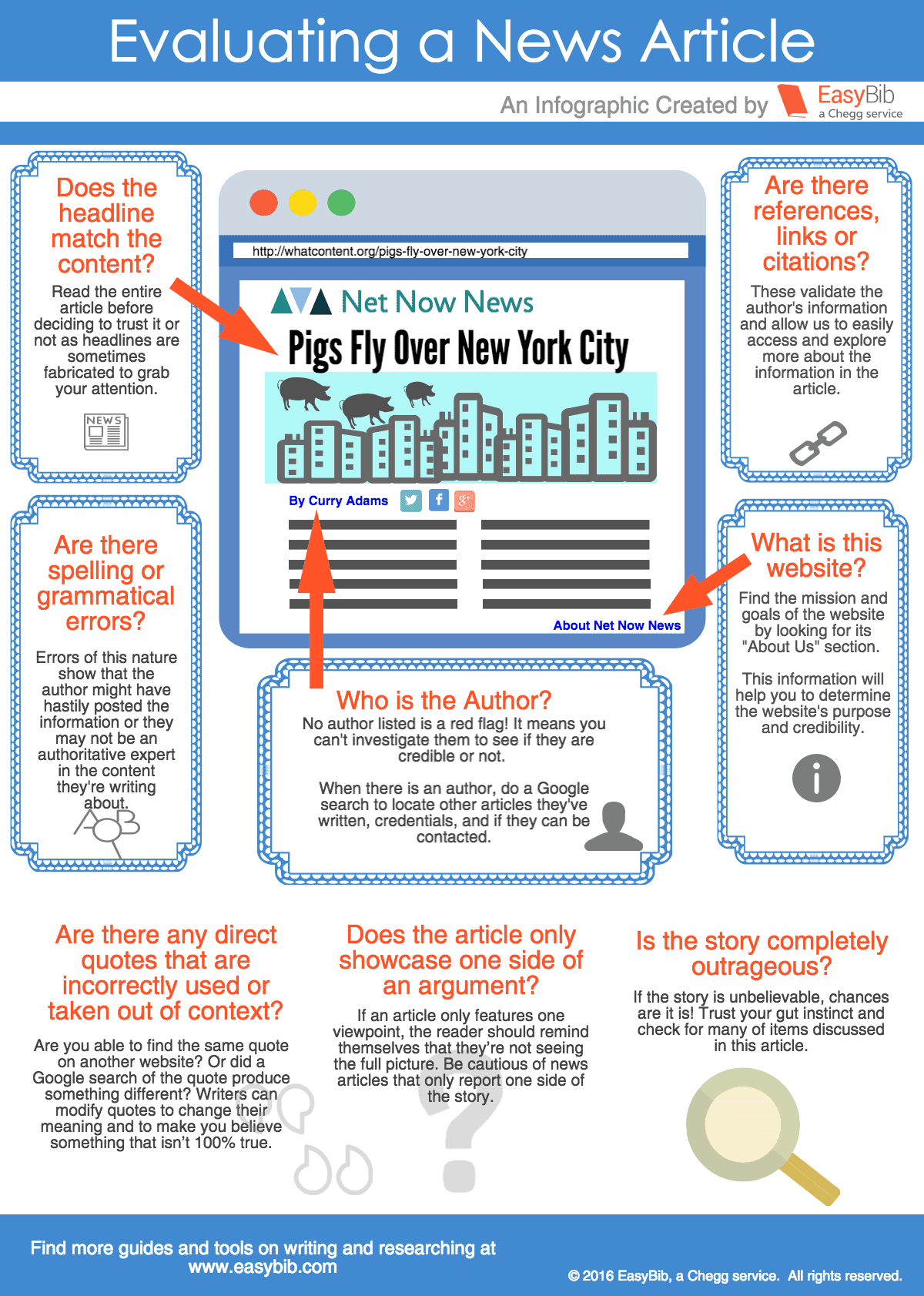Smear Campaigns, Character Assassination, and the Erosion of Institutional Trust in Modern Information Ecosystems: A Critical Analysis


@jorgebscomm for @empowervmedia*
The proliferation of fake news and misinformation poses a significant challenge to education, particularly in the field of media communications studies. In today's hyperconnected world, where information is readily available at our fingertips, it is crucial to equip students with the skills necessary to critically evaluate and discern reliable sources from fabricated narratives. This article delves into the critical challenges of teaching communication and media from a South Australian perspective, with a particular focus on the impact of fake news and misinformation on students' media literacy.
Fake news, defined as fabricated information presented as news, has become a pervasive phenomenon in the digital age. The ease with which false or misleading content can be created and disseminated through social media and online platforms has amplified its reach and impact. This deluge of misinformation has the potential to erode public trust in institutions, fuel social divisions, and hinder informed decision-making.
 |
| "HOW FAKE NEWS CAN HARM YOU" by Easelly |
Misinformation, a broader term encompassing unintentional or deliberate dissemination of false information, further complicates the landscape of information consumption. The blurring of lines between fact and opinion, coupled with the inherent biases and agendas of various information sources, makes it increasingly difficult for individuals to navigate the information landscape with confidence.
Advertisement: Scroll down to continue
The pervasiveness of fake news and misinformation poses a direct threat to students' media literacy, the ability to critically assess and interpret the vast array of information they encounter. Exposure to fabricated or misleading content can hinder their ability to discern credible sources from unreliable ones, leading to misinformed beliefs and decisions.
To better understand the pervasiveness of fake news and its impact on media literacy, let's take a look at this informative video from TED-Ed (3m41s):
How false news can spread.
Moreover, the emotional appeal and sensationalized nature of fake news can cloud students' judgment, making them more susceptible to believing and sharing false information. This, in turn, contributes to the spread of misinformation and the erosion of public discourse.
Educators face a critical challenge in preparing students for a media environment saturated with fake news and misinformation. Traditional approaches to media literacy education, emphasizing basic source evaluation techniques, may be insufficient to address the complexities of the modern information landscape.
 |
| "Evaluating a News Article" by Walters State Community College |
Effective media literacy education in the age of misinformation requires a multifaceted approach that encompasses:
1. Critical Thinking and Evaluation Skills: Developing students' ability to critically analyse information, identify biases, and assess the credibility of sources.
2. Understanding Information Production and Dissemination: Exploring the mechanisms of information production, dissemination, and manipulation, including the role of algorithms, social media platforms, and political agendas.
3. Fact-Checking and Verification Techniques: Equipping students with the skills to identify and verify information, including using fact-checking websites and tools.
4. Emotional Literacy and Bias Awareness: Recognizing and addressing the role of emotions and biases in information consumption and sharing.
5. Civic Engagement and Social Responsibility: Fostering an understanding of the impact of misinformation on democratic processes and encouraging students to become responsible digital citizens.
 The rise of fake news and misinformation demands a paradigm shift in media literacy education. By equipping students with the skills and knowledge necessary to navigate the complexities of the information landscape, educators can empower them to become informed, discerning, and responsible consumers of media. This, in turn, can contribute to a more informed and engaged citizenry, capable of making sound decisions in a world increasingly shaped by information.
The rise of fake news and misinformation demands a paradigm shift in media literacy education. By equipping students with the skills and knowledge necessary to navigate the complexities of the information landscape, educators can empower them to become informed, discerning, and responsible consumers of media. This, in turn, can contribute to a more informed and engaged citizenry, capable of making sound decisions in a world increasingly shaped by information.
Comments